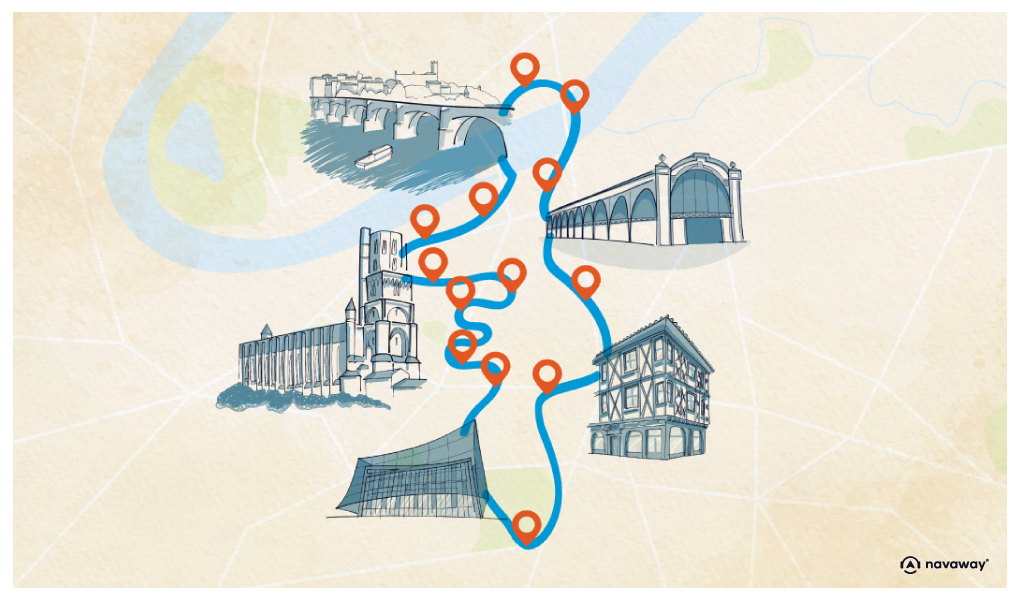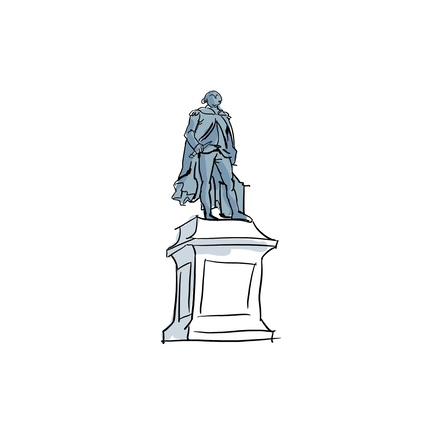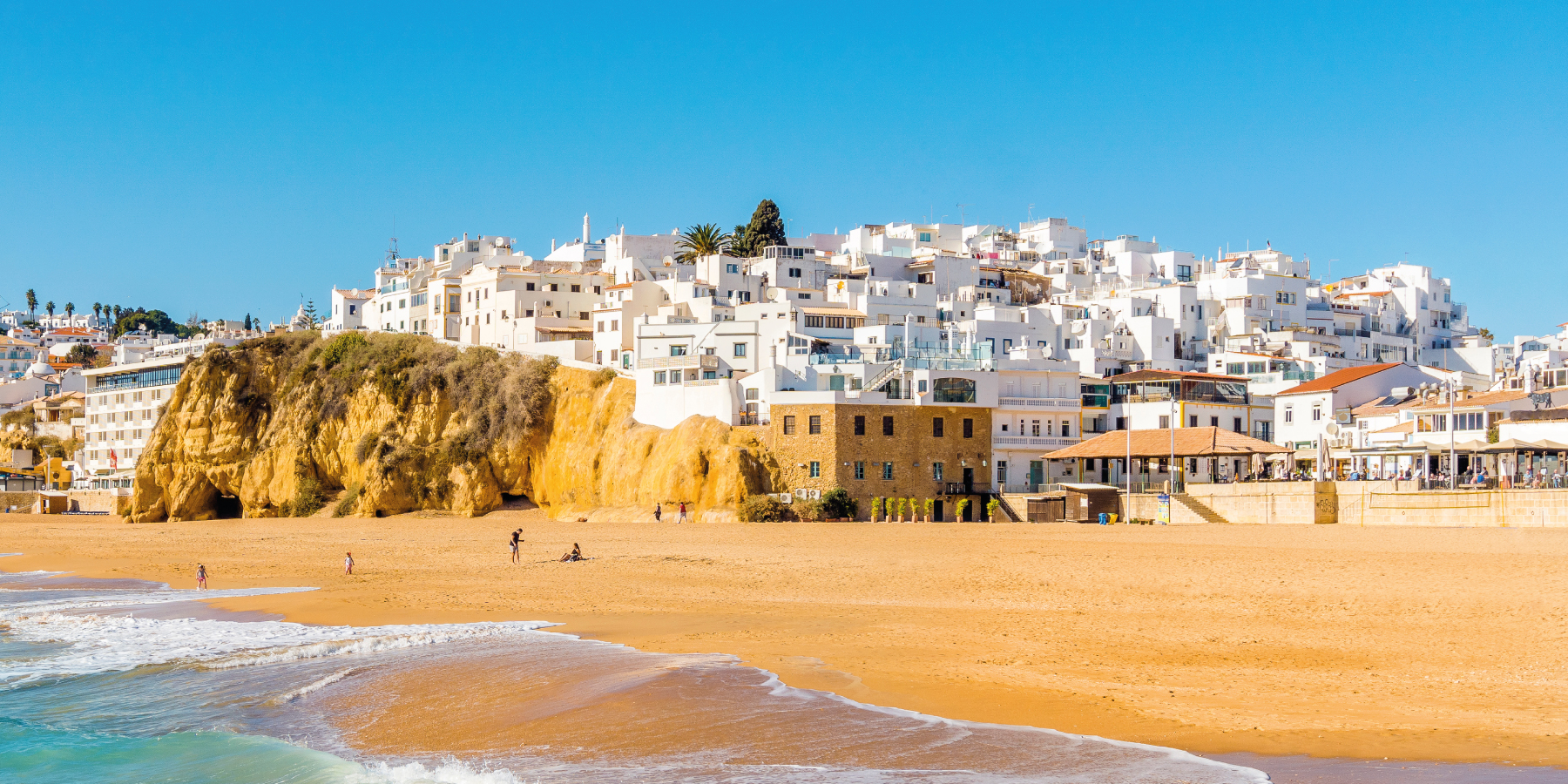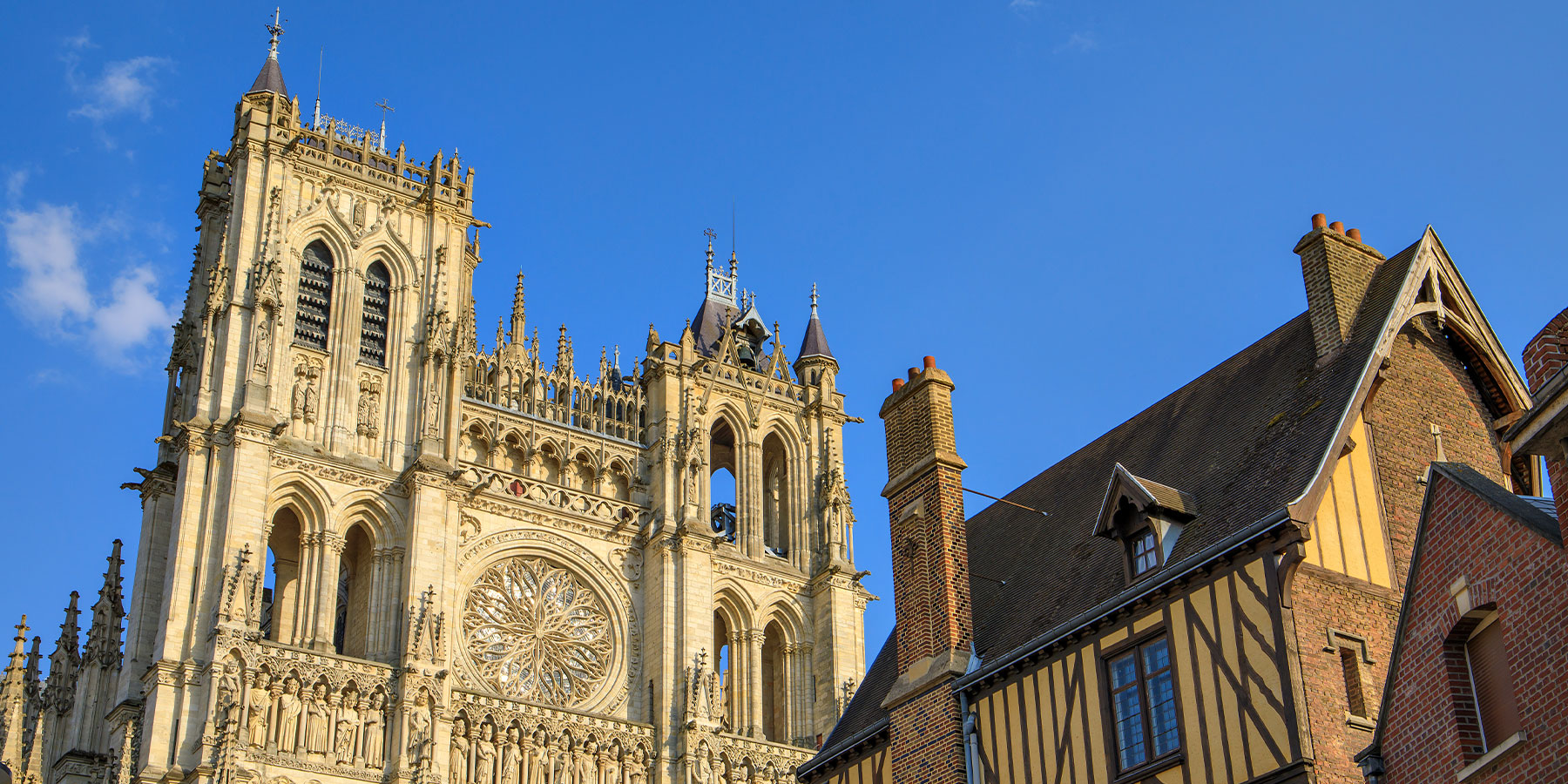
Lapérouse Statue

This point of interest is available as audio on the tour: Visit Albi, Retracing the history of the Red City
Before you is the bronze statue of Jean-François Galaup, Count of Lapérouse – his eyes fixed on the horizon, a spyglass in his right hand, a map and a broken mast at his side. The statue stands as a reminder of the remarkable man he was; you see, his legacy is cherished here more than anywhere else. Lapérouse rose from minor nobility to become a skilled sailor and an officer in the French Royal Navy, eventually rising to the rank of Captain. Driven by a thirst for knowledge and a deep sense of humanity, he earned the trust of King Louis XVI. So much so that in 1785, the King entrusted him with a critical mission. His orders were clear: “We, Louis XVI, hereby order and instruct Monsieur de Lapérouse to lead a global expedition for scientific, geographical, political, and commercial purposes”. At 44, with 28 years of experience under his belt, Lapérouse readily accepted the challenge. For two and a half years, the voyage went smoothly. At each port, he and his team of 200 specialists cooperated with European officials and scientists, sharing their findings with letters. But disaster struck on their return trip from Australia in 1788. After a violent storm near the Vanikoro reefs in the South Pacific, Lapérouse and his crew vanished without a trace; they’d never reach French shores. In 1826, his hometown, Albi, still in mourning, erected a monument to honor the memory of their much beloved local navigator mysteriously lost at sea. But back to the statue! Sculptor Nicolas Raggi completed it in 1843 and used 3.5 tons of bronze from disused cannons to create it. It was initially displayed at the entrance of the Salon at the Louvre, and then in 1853, they brought it here in Albi, on this very spot. A few years later, they added four anchors and two cannons recovered from the shipwrecks to the pedestal. As a further tribute, the remains of two sailors found aboard the wreck of La Boussole, one of the two frigates used in the expedition, have also been entombed in the base of the structure. Nothing about this monument was left to chance, from its prominent location to the sculptor chosen. And here’s a fun fact: the granite meant for the construction of the pedestal was never used. In a weird twist of fate (or maybe just plain luck), a perfectly square block of granite was unearthed right here, during the square’s reconstruction in 2013. Just goes to show, everything comes to the surface eventually, one way or another.


Discover Albi with app
An interactive guide through the most beautiful streets, squares, and districts
26 fun audioguides full of historical facts, anecdotes, and legends





Comments